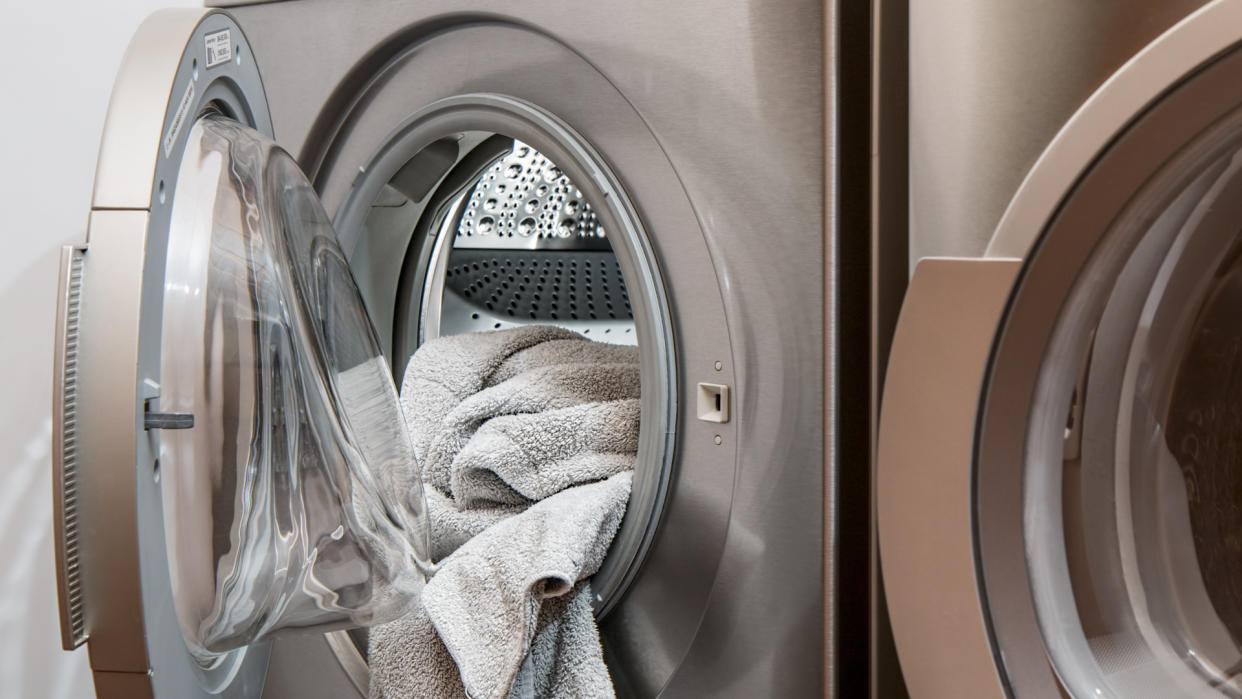These Devices Add Hundreds To Your Electricity Bill

Winter is right around the corner, and cooler days mean an increased need to turn on the heat. Unfortunately, this can also translate into higher electricity bills.
Check Out: 10 Things Frugal People Always Buy at Yard Sales To Save Money
Try This: Owe Money to the IRS? Most People Don’t Realize They Should Do This One Thing
Fortunately, we got some experts to share several tips on which devices you can get rid of to lower your electricity bill.
Electric Clothes Dryers
These can consume up to 5 kWh of electricity during a single cycle. In some states, this can cost over a dollar per cycle.
According to Liam Hunt, director at Gold IRA Guide, a more energy-conscious solution is to wring your clothes out with a high spin cycle before hanging them up to dry using either an outside clothesline or a foldable indoor drying rack,
Be Aware: 5 Unnecessary Bills You Should Stop Paying in 2024
Old-Fashioned Light Bulbs
Hunt also noted that switching to energy-efficient lighting can save you money.
“Did you know LED bulbs use at least 75% less energy and last 25 times longer than incandescent lights,” he said. “Swapping out your incandescent bulbs for LED bulbs can save a ton of energy and money over time. LEDs also emit very little heat, so they can help keep your home cooler in the warmer months.”
Space Heaters
One device that can add hundreds to your electricity bill is a space heater. Whether an electric fire replica or fiery-looking orb, space heaters consume a lot of electricity and can quickly increase your heating costs, according to Scott Lieberman, founder of Touchdown Money.
“Instead, choose a more energy-efficient heating system for your home, like a programmable thermostat or central heating,” said Lieberman. “If you must use a space heater, choose an energy-efficient model and use it sparingly, turning it off when you’re not in the room and directing it at you to warm up quickly and then turn off.”
Check Your Water Heater
OK, you can’t just get rid of your water heater, but you can make an adjustment to save money. Check the temperature of your water heater and lower it to 120°F. “This helps conserve energy and reduces the risk of scalding,” said Hunt.
Kate Colarulli, head of strategic insights at CleanChoice Energy, suggested investing in a smart thermostat. “By allowing you to adjust the temperature from your smartphone and automatically self-adjusting based on the current weather, smart thermostats can help keep you comfortable when you’re home and save energy when you’re not.”
‘Energy Vampires’
Just because you turned the device off, doesn’t necessarily mean it stops using electricity. Some electronic devices that are off but remain plugged into a power source will continue to draw electricity. These devices are called “energy vampires,” according to Cisco DeVries, former aide to the U.S. Secretary of Energy during the Clinton Administration and CEO of OhmConnect.
Devices such as cable boxes/DVRs and game consoles, microwaves, coffee makers, space heaters, phone chargers and even powered toothbrushes can account for 20% of your monthly electricity bill, said DeVries.
For instance, cable boxes/DVRs can use around 35 watts — about $96 annually. And, if left on standby mode, it could be tacking on an extra $130-$180 per year, he noted.
In addition, heaters in your coffee machine typically consume up to $8 extra in energy costs per month, wasting up to $96/year. Newer, single-serve coffee makers tend to keep water hot all day long, sucking another $5 of energy per month, totaling $156/year.
“To overcome these energy vampires, use smart plugs or smart power strips. These smart devices will detect when you’re no longer using a device and turn off the power supply,” said DeVries, adding that this could amount to an average of $432 in savings.
In that same vein, Colarulli said that in the home office, computers can drain 15-20 watts when idle — so turning off the computer/laptop and printer when not in use can save another $20 a year.
More From GOBankingRates
Suze Orman: 5 Social Security Facts Every Soon-To-Be Retiree Must Know
Here's How to Add $200 to Your Wallet -- Just For Banking Like You Normally Would
This article originally appeared on GOBankingRates.com: These Devices Add Hundreds To Your Electricity Bill
